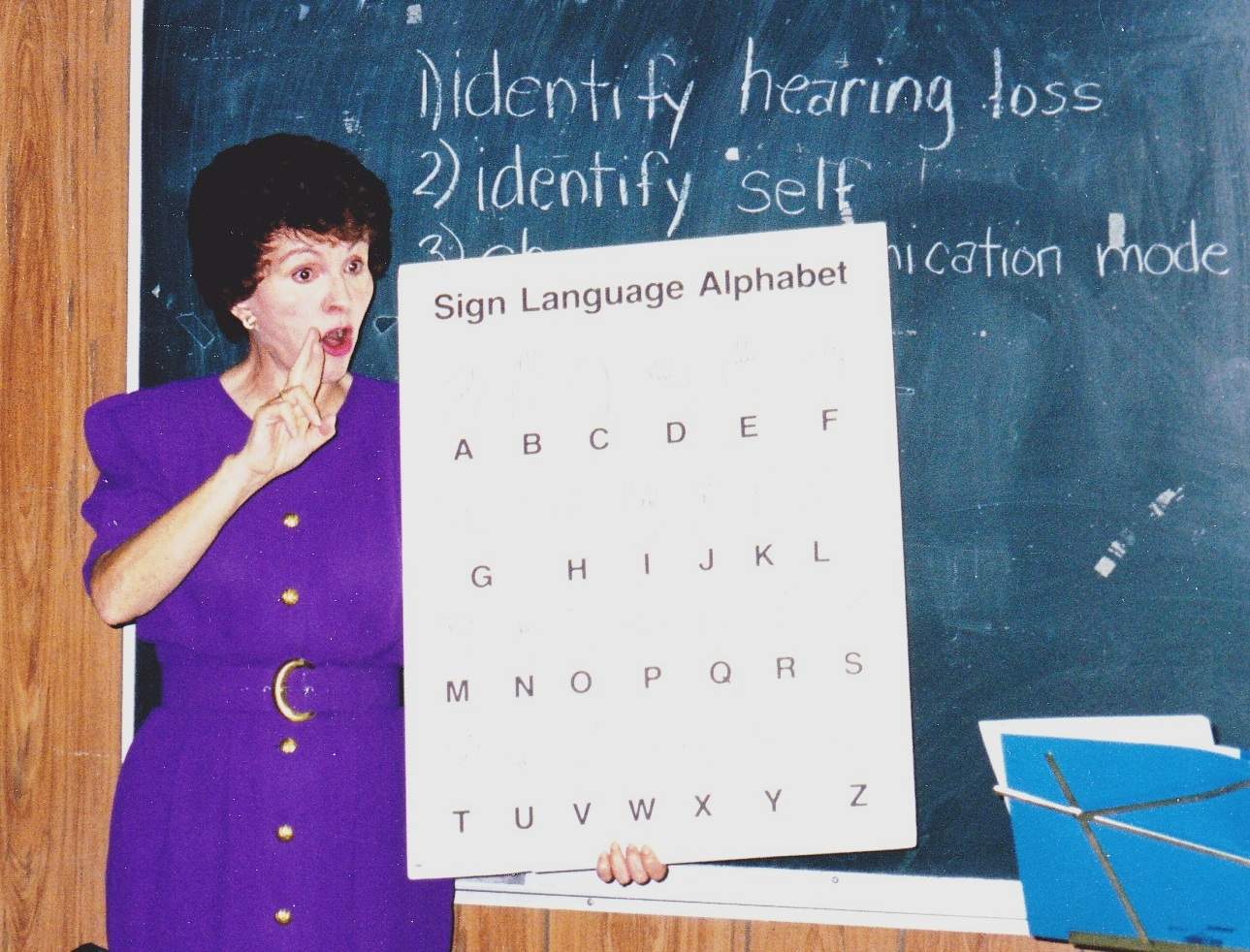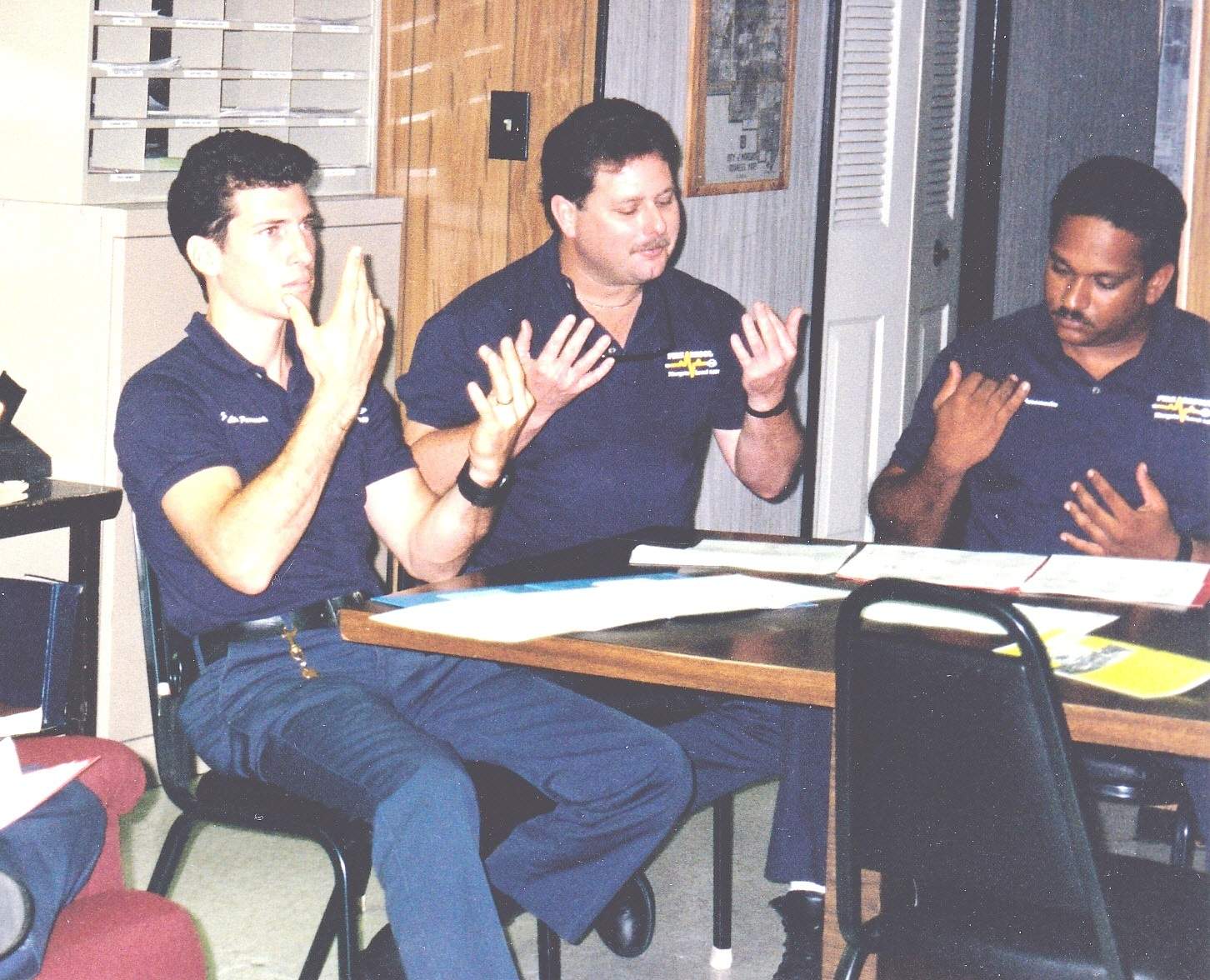I was motivated to write my memoir for my children, grandchildren, and extended family so they would learn about their heritage. What's more, I wanted to write it in a way that would enable them to experience my unusual life as it had unfolded from the beginning. So, I began to write. And, as I relived event after event, it struck me that each one had a part in preparing me for my life's journey. That's when Maria Montessori's statement rang true: "The behavior of every individual is a product of his environmental experience." I quoted this at the start because it nicely stated the essence of my story. However, it is not intended to be an endorsement of the Montessori teaching methods.
Early on, I recognized that the event that greatly impacted my life was the time I was five years old and interpreting a conversation between my mother and my beloved kindergarten teacher. When their chat ended, I knew I was going to be a teacher, and, on the way home, I told my mother so!
Another scene that has stuck with me was the time I trained the Margate, Florida firefighters to sign with Deaf victims of trauma. The staff was eager to learn, especially because their city was the hub of the local Deaf community, and I was equipping them to save the lives of residents who had special needs. That thought, alone, convinced me to press forward to teach community service providers how to better serve their Deaf citizens.
I cannot emphasize strongly enough how imperative it is to train First Responders in how to handle deaf individuals, those who sign and those who don't sign. I'm speaking of responders like 911 dispatchers, Emergency Medical Technicians, fire fighters, school resource officers, and nurses, to name a few. On my page titled, "What is a CODA?" I spoke about the need for required high school courses in basic signing. But, although the responders may already have had such a course, they need a deeper understanding of a deaf person's needs and rights. First and foremost, they must know about the Americans with Disabilities Act of 1990 which, for deaf persons, provides the right to free and effective communication through the use of a qualified sign language interpreter, written notes, a typewriter, a teletype machine, or any other visual means.
In emergency situations, responders must be adept in using facial expression, body language, gesture, and fingerspelling to convey the need of the moment, be it haste when time is of the essence, calmness and encouragement when asking questions, or explaining procedure. If lives are to be saved, First Responders must be prepared to act instantly through regular practice in imaginary situations, preferably involving volunteer Deaf participants.
When arriving at a crime scene, responders must keep uppermost in mind that a subject who doesn't respond to a command may be deaf and act accordingly. In the past, more than one deaf person has been shot or killed in such a scenario.




